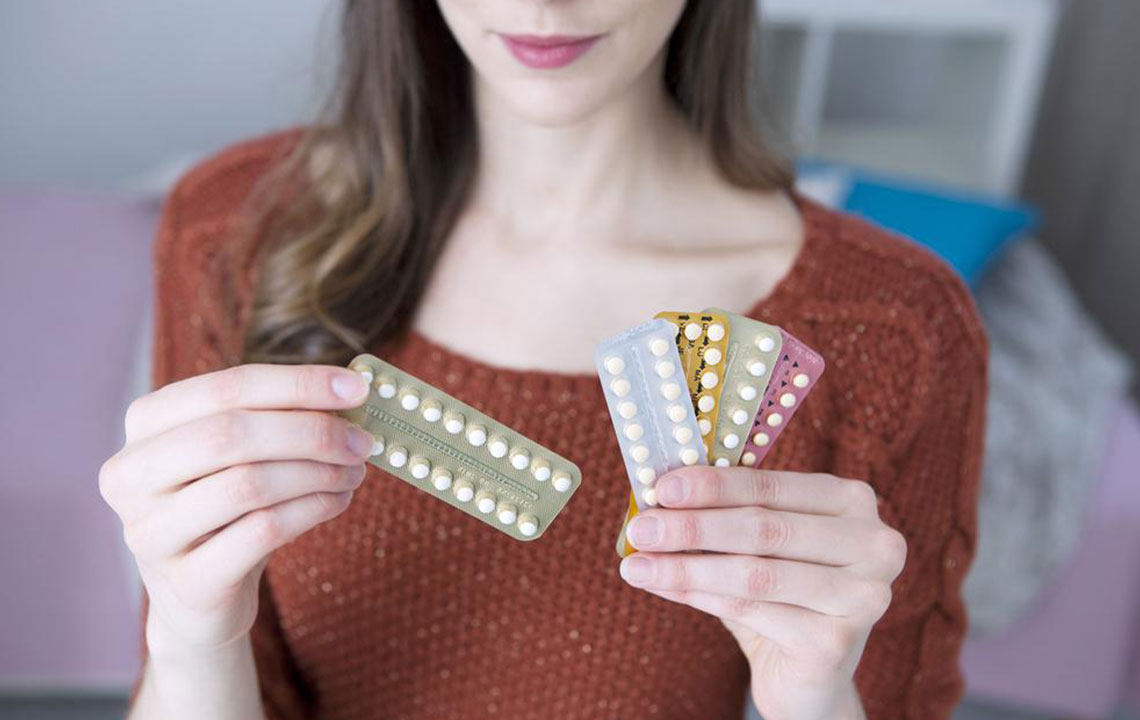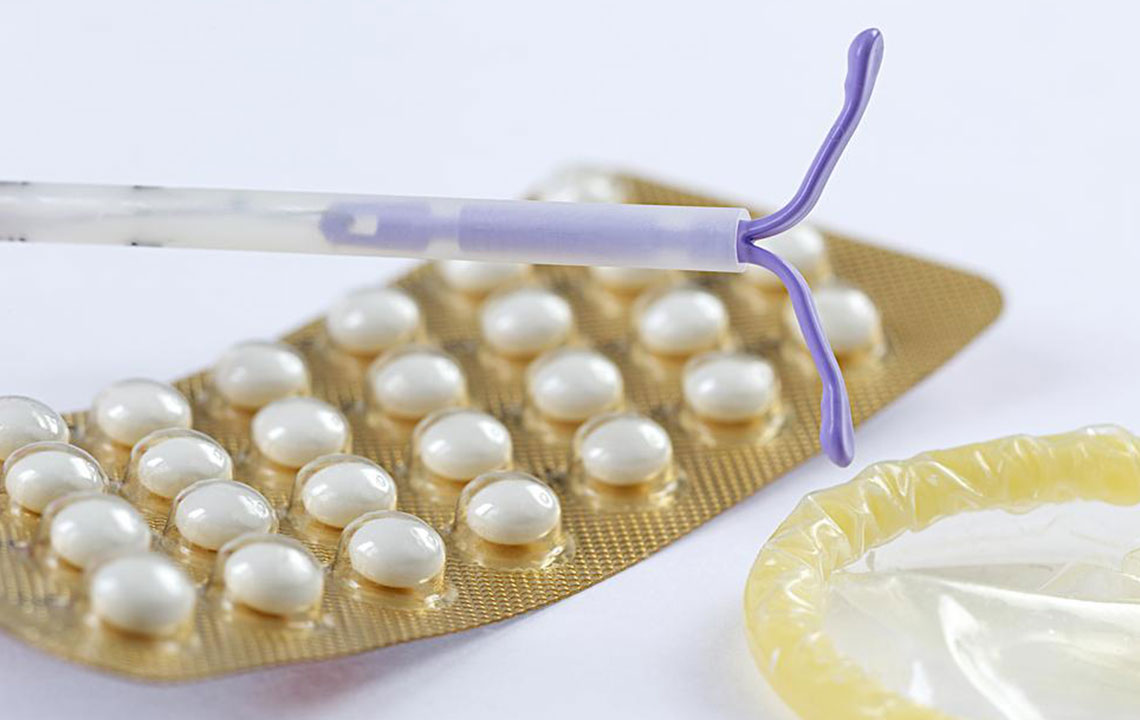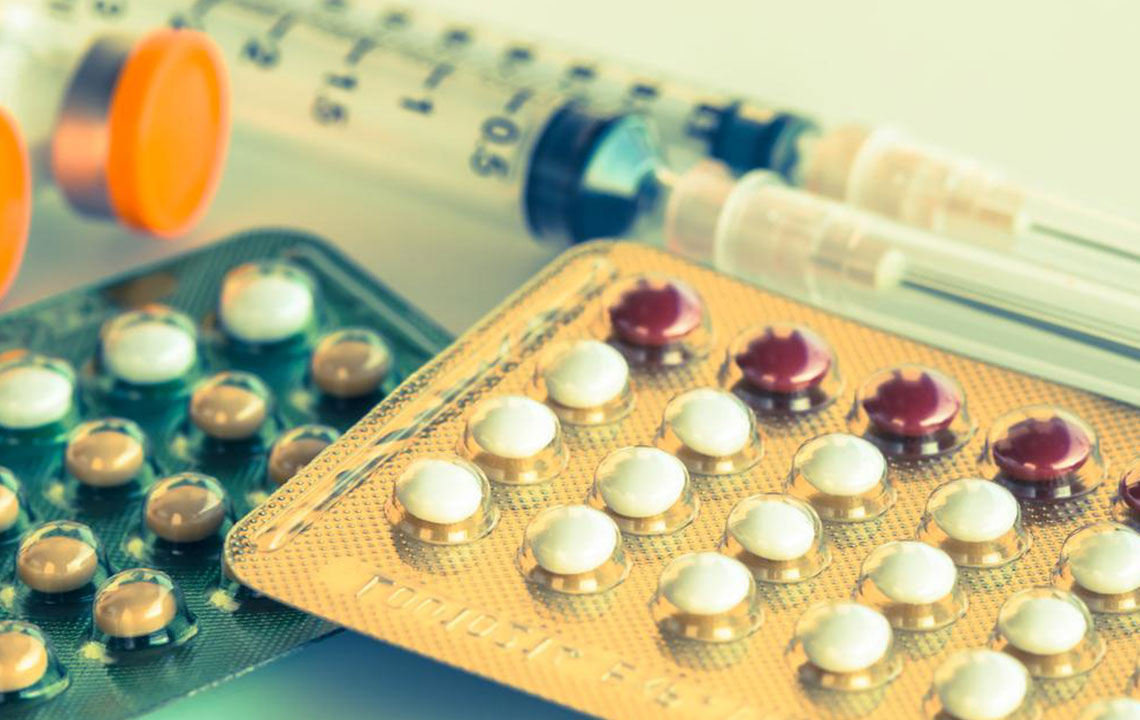Comprehensive Guide to the Top 8 Contraceptive Methods for Women's Reproductive Wellbeing
This comprehensive guide explores the top 8 contraceptive methods for women, providing insights into their effectiveness, suitability, and precautions. Consulting healthcare professionals is essential for choosing the best method tailored to individual health needs and lifestyle, ensuring safe and reliable contraception.

Explore the Best Contraceptive Options for Women's Health
Choosing an appropriate contraceptive method is a critical decision for women who aim to prevent unintended pregnancies while maintaining optimal reproductive health. With a vast array of options available today, understanding the specifics, benefits, and potential risks of each method is essential for making an informed choice. This guide provides an in-depth overview of the eight most popular and efficacious contraceptive options, highlighting their mechanisms, suitability, and key considerations. Always consult with a healthcare professional to determine the most suitable method for your unique health profile, lifestyle, and personal preferences.
I. Combined Oral Contraceptive Pill (COCP)
The combined oral contraceptive pill remains one of the most widely used methods worldwide. Manufactured by numerous pharmaceutical companies, these pills contain a combination of estrogen and progestin, hormones critical for regulating menstrual cycles. When taken correctly and consistently at the same time every day, the COCP can be up to 99% effective in preventing pregnancy. Besides contraception, many women appreciate the additional benefits such as the regulation of menstrual cycles, reduction of menstrual cramps, and alleviation of symptoms related to hormonal imbalance like hot flashes.
However, the combined pill is not suitable for everyone. Women over the age of 35 who smoke are generally advised against using COCP due to increased risks of blood clots and cardiovascular problems. Moreover, women with a history of migraines with aura, certain cancers, or uncontrolled hypertension should avoid this method. It’s crucial to discuss your medical history thoroughly with your healthcare provider before starting the pill.
II. Progestin-Only Pill (Mini-Pill)
The progestin-only pill, often called the mini-pill, is an effective contraceptive that contains only progestin, without estrogen. This makes it a safer alternative for women who cannot tolerate estrogen or have contraindications such as smoking, diabetes, or risk factors for blood clots. The mini-pill works primarily by thickening cervical mucus, which prevents sperm from reaching the egg, and may also inhibit ovulation in some women.
Since it does not contain estrogen, it is safe for women who are breastfeeding, as it does not interfere with milk production. However, the mini-pill requires strict adherence to dosing schedules; missing doses can significantly decrease effectiveness and necessitate backup contraception, such as condoms.
III. Extended-Release Contraceptive Pills
This innovative contraceptive approach involves pills formulated to extend menstrual cycles, reducing the frequency of periods. Some formulations allow women to go three months or even a year without having a period, which can be desirable for women seeking fewer menstruations or who suffer from painful or heavy periods. Taken daily without breaks, these pills offer a convenient option for women looking to minimize menstrual disruptions.
The extended-release pill not only enhances compliance due to less frequent dosing but can also provide health benefits, such as decreasing the risk of anemia and menstrual-related migraines. Consulting a healthcare professional is essential to determine if this method aligns with your health conditions and lifestyle.
IV. Vaginal Ring
The vaginal ring is a flexible, small plastic ring inserted into the vaginal canal. It continuously releases a low dose of hormones similar to those found in combined oral contraceptives—estrogen and progestin. The ring remains in place for three weeks, after which it is removed to allow for a period during the fourth week.
This method offers a discreet and user-controlled form of contraception, providing effective prevention when used correctly. However, it may not be suitable for women with certain health conditions such as hormone-sensitive cancers or a history of blood clots. Smoking also increases the risk associated with hormonal ring use. Proper insertion and removal are vital for ensuring maximum effectiveness and safety.
V. Diaphragm
The diaphragm is a barrier method made of soft rubber or silicone designed to cover the cervix, preventing sperm from entering the uterus. It is used in conjunction with spermicide, which immobilizes or destroys sperm on contact. Fits for the diaphragm are typically obtained through a healthcare provider after an initial fitting, ensuring proper size and fit for maximum effectiveness.
This method offers the advantage of spontaneity and control over contraception, but its effectiveness can be affected by significant weight changes, urinary tract infections, or improper use. Women prone to toxic shock syndrome should avoid or use this method with caution, as longer-term use without proper hygiene can increase risks.
VI. Intrauterine Device (IUD)
The intrauterine device, commonly known as an IUD, is a small T-shaped device inserted into the uterus by a healthcare provider. There are two main types: hormonal IUDs, which release progestin, and copper IUDs, which do not contain hormones but release copper ions that are toxic to sperm.
Both types boast high efficacy, with effectiveness rates exceeding 99%, and can provide contraception for up to ten years, depending on the specific product. IUDs are particularly recommended for women who have already given birth, as insertion may be more comfortable for them. Cost considerations include the initial placement fee and potential removal costs, although the long duration can make this method cost-effective over time.
While IUDs are generally safe, some women may experience discomfort, cramping, or irregular bleeding initially. Rarely, complications such as expulsion or infection can occur, requiring professional evaluation and management.
VII. Female Condom
The female condom is a barrier device made from polyurethane or soft plastic designed to be inserted into the vagina before intercourse. It acts both as a contraceptive barrier and as protection against sexually transmitted infections (STIs). Unlike male condoms, female condoms can be inserted hours before sex, allowing women greater control over their protection.
While slightly less effective than male condoms in preventing STIs, female condoms are a valuable option for women seeking independence in their sexual health management. They are especially suitable for those allergic to latex or seeking an alternative method. Proper insertion and use are crucial for ensuring effectiveness, and frequent checks for tears or damage should be conducted.
Always discuss with your healthcare provider to determine which contraceptive method aligns best with your health needs and lifestyle preferences.
Before adopting any contraceptive method, it is imperative to consult with a qualified healthcare provider. They can help you understand the benefits, risks, and suitability of each option based on your medical history and reproductive goals. Choosing the right method not only prevents unwanted pregnancies but also promotes overall reproductive health and wellbeing.





